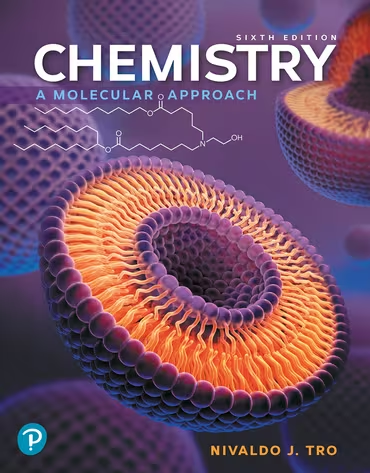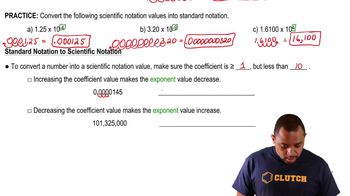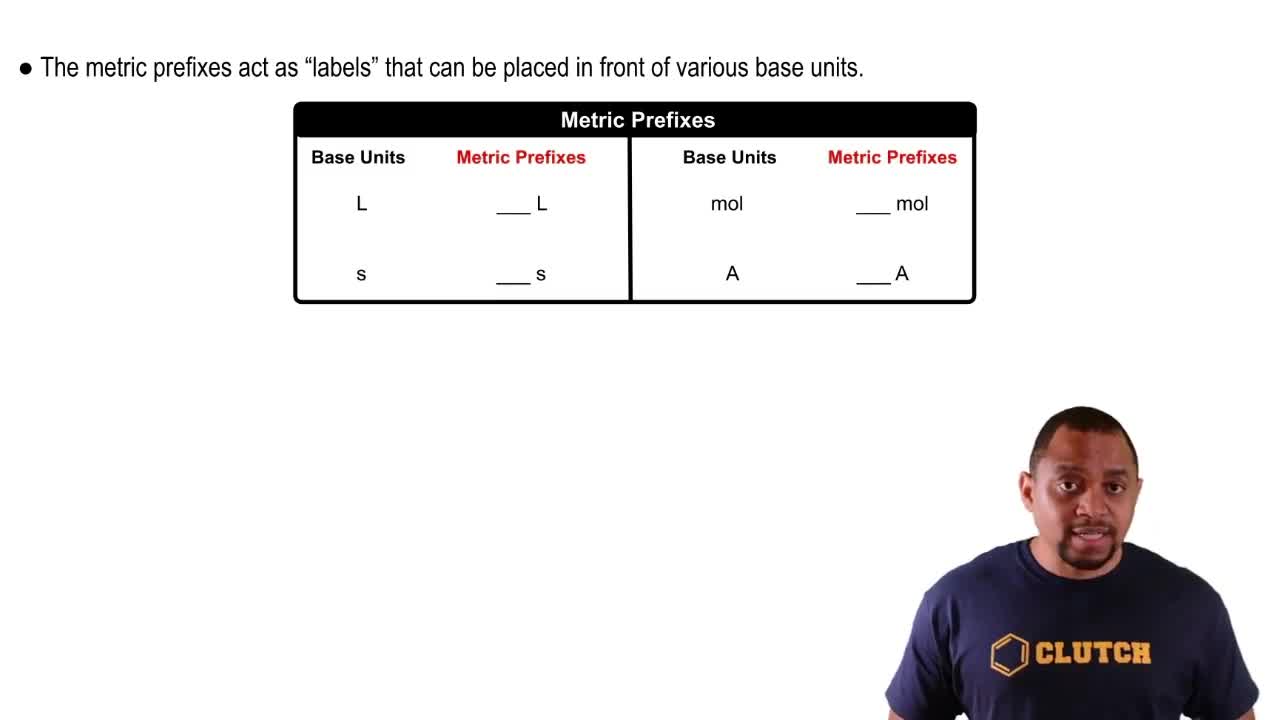Textbook Question
Use prefix multipliers to express each measurement without exponents. a. 3.4x10-16m

 Verified step by step guidance
Verified step by step guidance



Use prefix multipliers to express each measurement without exponents. a. 3.4x10-16m
Use the prefix multipliers to express each measurement without exponents. b. 11 * 10 - 12 s
Use the prefix multipliers to express each measurement without exponents. c. 7.4 * 103 g
Use prefix multipliers to express each measurement without exponents. a. 12.1 * 108 g
Use prefix multipliers to express each measurement without exponents. b. 45.9 * 10 - 7 s
Use scientific notation to express each quantity with only base units (no prefix multipliers). a. 4.5 ns b. 18 fs c. 128 pm